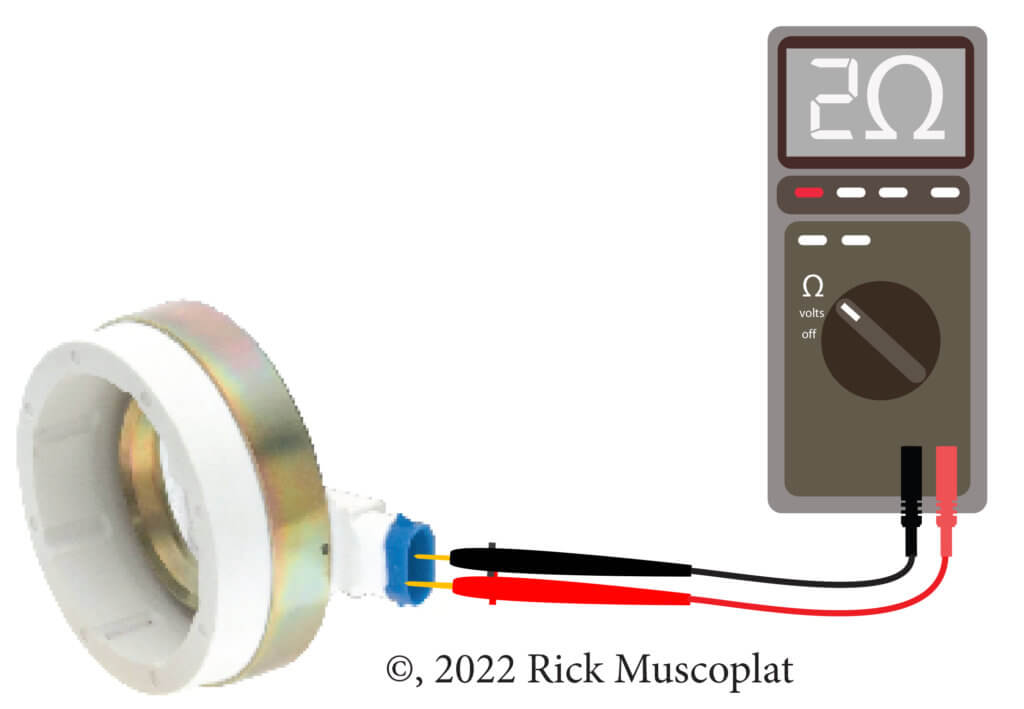How to Test the AC Compressor Clutch Coil: A Step-by-Step Guide
AC compressor clutch is not engaging? Here’s how to test it
The AC compressor clutch coil is responsible for pulling in the clutch disc to engage the AC compressor. The coil is an electromagnet that generates a strong enough magnetic field to pull in the clutch disc. If you have power and ground to the clutch coil and it doesn’t work, here’s a step-by-step guide on how to test the AC compressor clutch coil.
Test the AC clutch coil — step by step
Set your multimeter to the Ω scale. Disconnect the electrical connector from the clutch coil and touch the two probes from your multimeter to the two terminals in the clutch coil connector. If there’s only one terminal, connect one probe to it and the other probe to a ground location on the compressor.
The correct resistance for an AC compressor clutch coil typically falls within a range of 3 to 5 ohms (Ω). However, it’s important to note that this is a general guideline, and the exact acceptable range can vary depending on the specific compressor model and manufacturer.
If your reading is less than 2.0 ohms: This could indicate a short circuit in the coil, which would blow the compressor clutch coil fuse.
A reading of 0.L indicates an opening in the clutch coil windings. This could indicate an open circuit in the coil, which would prevent any current from flowing and prevent the clutch from engaging.
A reading below 2-Ω or above 5Ω indicates a bad coil
What goes wrong with a clutch coil?
The clutch coil can overheat and develop and internal short or the windings may develop an open. The best way to test a clutch coil with with a digital multimeter set to the OHMS scale.

With your multimeter set to the Ω scale, touch the two leads to the two terminals on the compressor clutch coil.
What else can go wrong with a compressor clutch?
If all your readings look good, the only other possibility is an excessive air gap between the clutch coil and the clutch disk. If the gap is too large, the magnetic force can’t pull the clutch disk in to engage. Look up the specifications for the recommended air gap and then measure yours using a feeler gauge. If the gap is too large, remove the clutch disk and put in a smaller shim washer.
©, 2022 Rick Muscoplat
